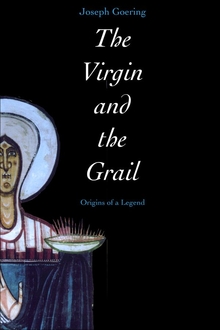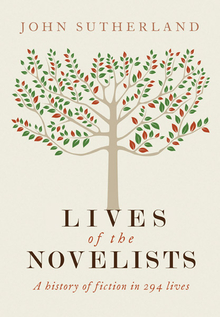The Virgin and the Grail
WARNING
You are viewing an older version of the Yalebooks website. Please visit out new website with more updated information and a better user experience: https://www.yalebooks.com
Origins of a Legend
Joseph Goering
Out of Print
Some fifty years before Chrétien de Troyes wrote what is probably the first and certainly the most influential story of the Holy Grail, images of the Virgin Mary with a simple but radiant bowl (called a “grail” in local dialect) appeared in churches in the Spanish Pyrenees. In this fascinating book, Joseph Goering explores the links between these sacred images and the origins of one of the West’s most enduring legends.
While tracing the early history of the grail, Goering looks back to the Pyrenean religious paintings and argues that they were the original inspiration of the grail legend. He explains how storytellers in northern France could have learned of these paintings and how the enigmatic “grail” in the hands of the Virgin came to form the centerpiece of a story about a knight in King Arthur’s court. Part of the allure of the grail, Goering argues, was that neither Chrétien nor his audience knew exactly what it represented or why it was so important. And out of the attempts to answer those questions the literature of the Holy Grail was born.
"Goering’s quest for the origins of the grail legend leads us through a landscape of romance, theology, art, and dynastic history, to track down the first ’Perceval’ in Christendom’s least-frequented corner. A ’must’ for addicts."—Alexander Murray, University College, Oxford
“To search for the Holy Grail has always been to search for its meaning. Goering, in a highly original and historically satisfying work, invites the reader to join his fascinating quest for the origins, place, and meaning of the mysterious Grail.”—Paul Dutton, author of Charlemagne’s Mustache
"This slim monograph . . . is a pure delight. . . . What [this book] accomplishes is to set the entire complex story, including the usually ignored Spanish paintings, into a short and easily understood framework, offering a new and unusual origin to an almost too familiar tale. I thoroughly recommend this book for use in undergraduate or postgraduate courses as a model of history combined with fine Art and literature. It is also an excellent addition to the library of anyone teaching in any of these areas."—Anne Gilmour-Bryson, The Medieval Review
Publication Date: May 10, 2005
21 b/w + 6 color illus.








